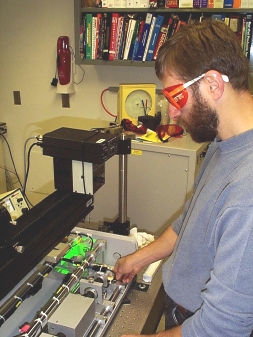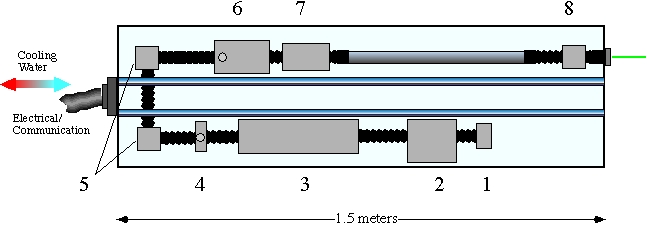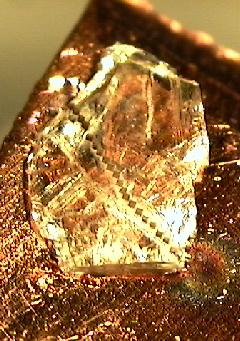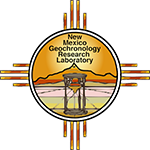
New Mexico Geochronology Research Laboratory
Hardware — UV Laser

Note: The description of hardware below is out of date and will be revised soon.
The UV laser system used by the NMGRL:
- Advantages of a UV laser system
- capable of very small (> 10 micron) beam spot sizes needed for in situ argon extraction
- ablates material rather than heating/fusing. This means it will not effect argon sites immediately adjacent to current analysis spot.
- Disadvantages of a UV laser system
- expensive to purchase and maintain
- not capable of step-heating
Schematic of NGMRL UV laser system

Components of the NMGRL UV laser system.
- Rear mirror/intra cavity shutter
- Q-switch
- Oscillator pumping chamber
- Output coupling mirror
- Steering mirrors
- Second harmonic generator
- Third/Fourth harmonic generator
- HSA2 Dichroic mirror harmonic separator, UV beam exit to sample chamber




